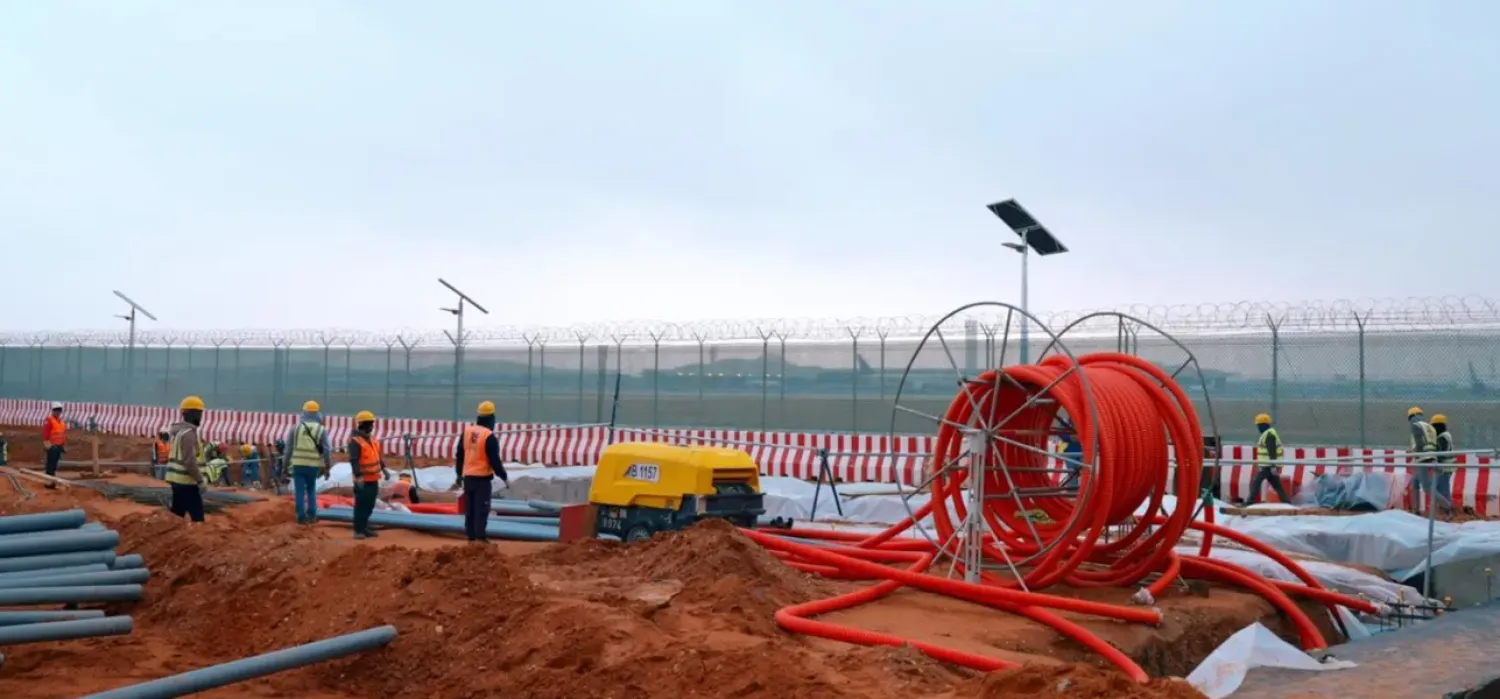The Managing Director of the International Monetary Fund (IMF), Kristalina Georgieva, has declared that Saudi Arabia's commitment to reform is what has propelled it to its current level of economic stability, despite the uncertainties facing the global economy.
Georgieva also commended the non-oil sector’s advancements within the kingdom.
Her remarks were made during her participation in a session on the second day of Riyadh's flagship FII annual investment conference.
The IMF had previously projected the continued momentum of the non-oil sector in 2023, with an average growth rate expected to reach 4.9% in the same year.
The Fund welcomed the ongoing economic transformation in Saudi Arabia, supported by reforms that it deemed praiseworthy in light of the “Saudi Vision 2030” plan.
In a previous statement to Asharq Al-Awsat, the IMF anticipated a 4% growth in the Saudi economy by 2024.
It emphasized that over the past years, Saudi Arabia has diversified its sources of income and adopted a medium-term approach to fiscal management, which has boosted revenues.
Additionally, the IMF noted that certain measures have had a positive impact on the economy.
Georgieva stated that Saudi Arabia has achieved remarkable performance over the past five years.
“This year, the oil sector of the economy, for reasons we all know, is not performing well, but the non-oil sector continues to grow robustly,” she added.
Georgieva emphasized that Saudi Arabia needs to continue its commitment to implementing structural reforms and pointed to the significant role of Saudi women in this transformation.
She noted that the participation of Saudi women in the workforce has surpassed the targets set in Vision 2030, reaching approximately 36% today.
One of the goals of Vision 2030 was to increase women's participation in the workforce from 22% to 30%.
Georgieva explained that Saudi Arabia is focusing on supporting the youth and promoting entrepreneurship while reducing youth unemployment rates.
“It's wise to say that in the next two years, we want to have a ‘Vision 2040,’” noted Georgieva.
“We are climbing a mountain, and we know that the closer we get to the summit, the harder the climb becomes. But we continue to ascend,” she added.









